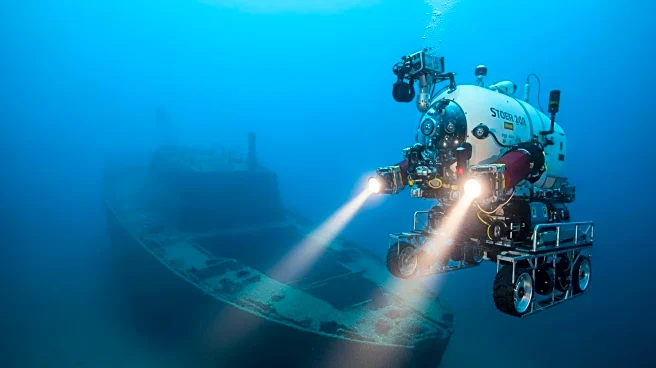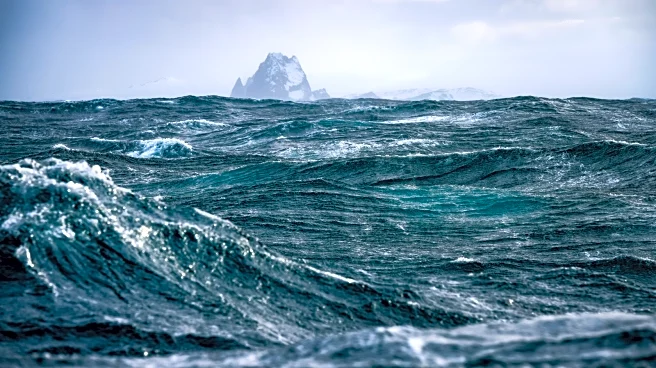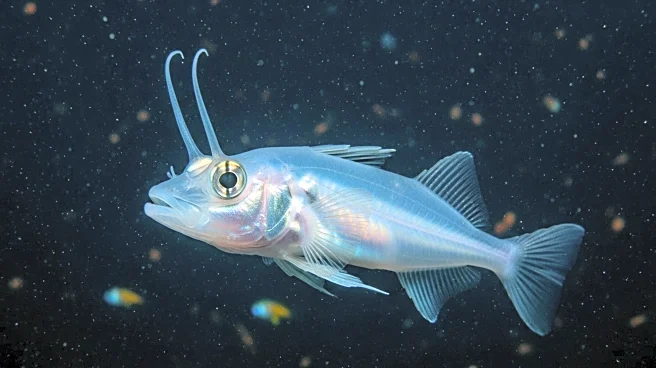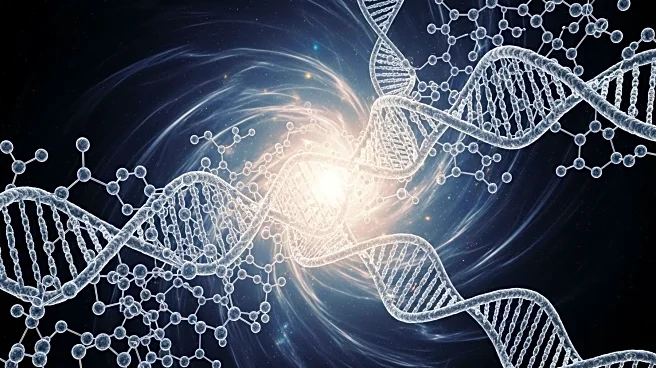What's Happening?
Researchers have discovered the Kunlun hydrothermal field in the Pacific Ocean, northeast of Papua New Guinea. This field is over 100 times larger than the Atlantic's Lost City, covering 11.1 square kilometers. The site features deep craters and dolomite walls, with hydrogen-rich fluids at temperatures under 40°C. The discovery offers insights into how life may have originated on Earth, as the environment resembles conditions from billions of years ago. The field is thriving with diverse deep-sea life, including shrimp and tubeworms.
Why It's Important?
The Kunlun hydrothermal field's discovery is crucial for understanding the origins of life and the ecological potential of deep-sea environments. The hydrogen-rich fluids could provide clues about the chemical processes that led to the formation of life. Additionally, the field's unique geological setting challenges previous assumptions about hydrogen generation, suggesting it can occur far from mid-ocean ridges. This discovery may also have implications for energy research, as the field could be a source of deep-sea hydrogen.
Beyond the Headlines
The Kunlun hydrothermal field presents opportunities for further scientific exploration and potential energy extraction. The ecological diversity observed in the field could lead to new insights into deep-sea ecosystems and their resilience. Moreover, the discovery raises questions about the conservation of such unique environments and the ethical considerations of exploiting them for resources. The field's scale and geological features may inspire future research into similar undersea formations.













